When Should You Replace a Roof That Is Not Leaking? Proactive Tips for Homeowners
Many homeowners wonder when to replace a roof if it isn’t leaking. Even without leaks, roofs may need replacing. This guide will help you spot signs that it's time for a new roof, like its age or condition, to keep your home safe and dry.
Key Takeaways
Proactive roof replacement and regular inspections prevent severe damage, offer cost savings, and provide homeowners with peace of mind by ensuring their roof is well-maintained and structurally sound.
Knowing signs that indicate a roof replacement is needed, like aging, worn or damaged shingles, and sagging or rotting boards, can prevent costly future damages and ensure structural integrity.
Selecting the right roofing material based on its lifespan and local weather conditions, as well as choosing a qualified and insured roofing contractor, is critical for a successful roof installation or replacement.
Proactive Roof Replacement: Why It Matters
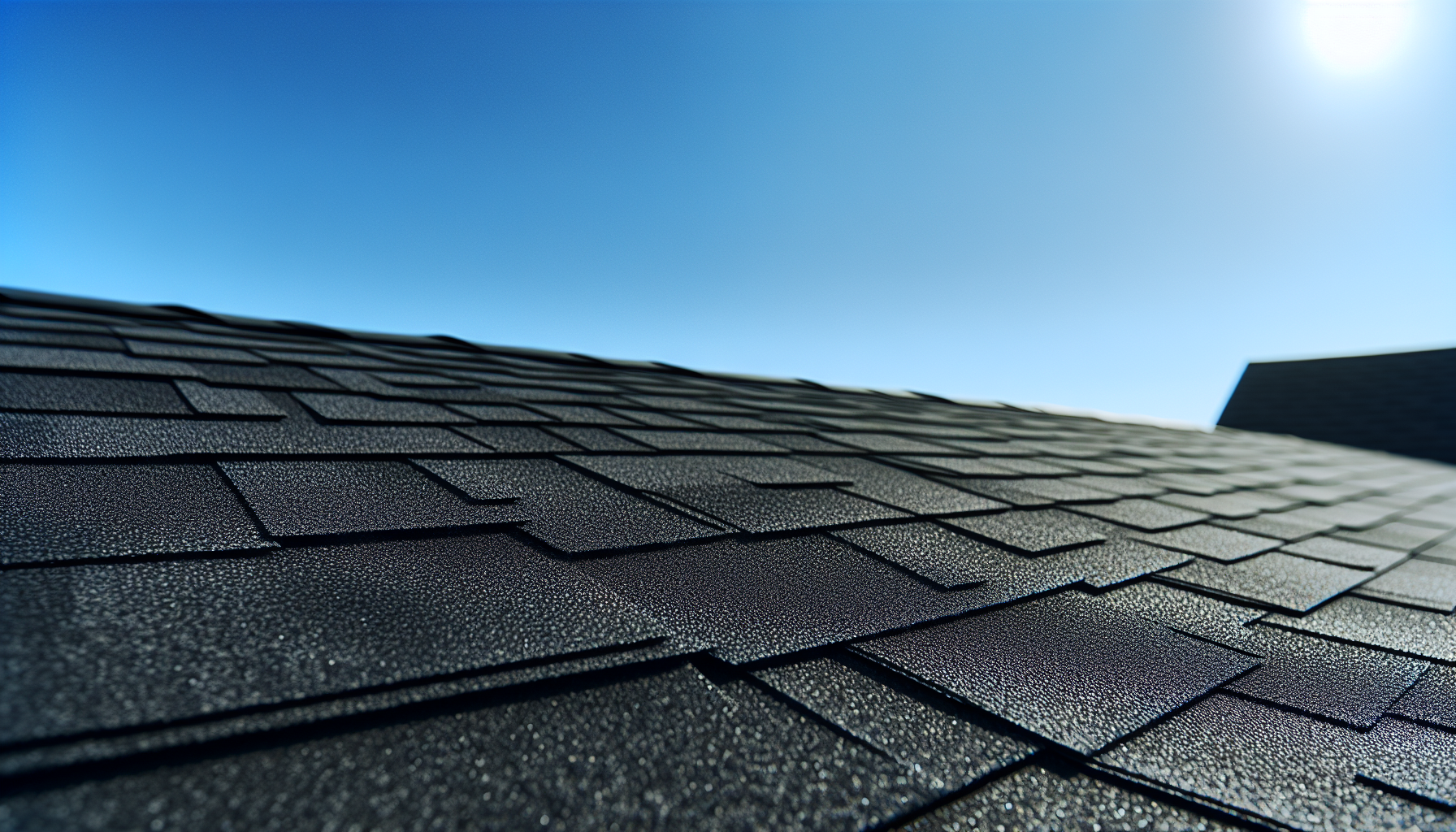
Replacing your roof before it fails is essential for several reasons. It not only protects the home’s structure and interior from the weather but also maintains the overall state of your residence, which can greatly enhance its value when you decide to sell. Financial benefits of installing a new roof include:
Enhanced curb appeal
A boost in property value
Reduced insurance premiums (some insurance companies will charge more or not cover you if you have wood shake)
Improved energy savings
Conducting routine inspections of the roof is vital in identifying small problems early on, preventing them from escalating into major concerns that could lead to leaks and expensive damage within your home.
Preventing Future Damage
Promptly replacing missing shingles and taking preventative steps suggested by inspectors can greatly prolong the life of a roof. Taking preventive actions, such as thoroughly examining the state of shingles, flashing, and conducting inspections following extreme weather, is critical in identifying potential weaknesses that might result in significant roofing damage. Early intervention after having a roof inspected is essential for avoiding more severe harm. Making sure your attic is properly ventilated is one of the easiest ways to make sure you prevent future damage.
Cost Savings
Homeowners can safeguard their money and extend the life of their roofs by actively maintaining them. This preventive approach helps prevent costly emergency repairs and/or replacement, ultimately resulting in cost savings over the roof’s lifespan.
Peace of Mind
Homeowners can rest assured that their house is protected against extreme weather and the potential for water intrusion when they keep their roof in good condition.
Ensuring that an entire roof, along with any solar panels installed, receives diligent maintenance greatly enhances this feeling of security and well-being.
Common Signs Your Roof May Need Replacement
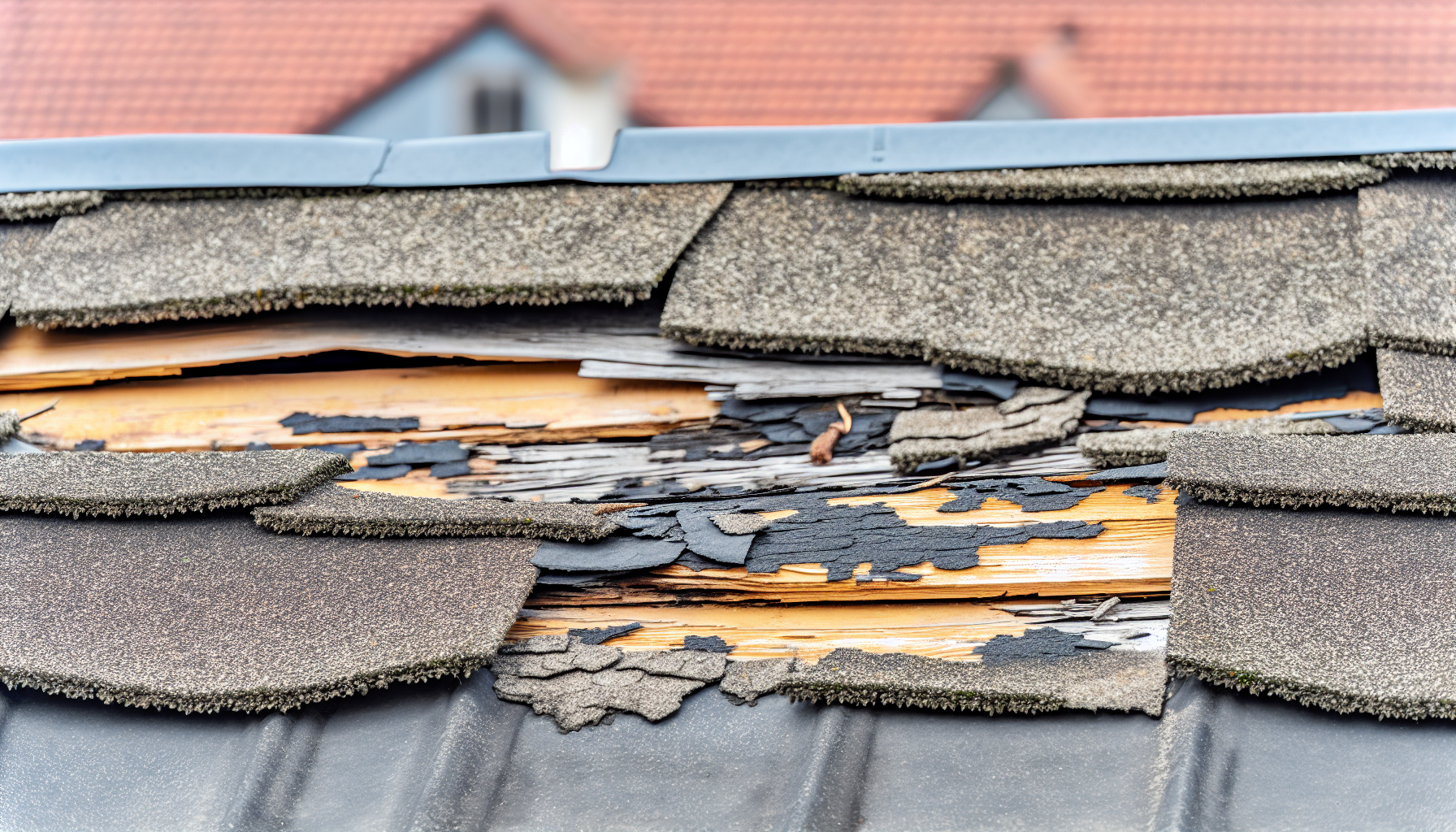
Every roof has a limited lifespan and, despite ongoing maintenance, will require replacement over time. Recognizing the indications that your roof is due for replacement can prevent expensive future damage. Look out for symptoms such as aged or deteriorating shingles, along with boards that are sagging or experiencing rot.
To comprehend these signs more clearly, let’s explore each one in detail.
Aging Roof
When evaluating whether a roof replacement is necessary, the age of your existing roof plays a crucial role. Roofs typically have a lifespan of around two decades, but it widely varies based on the quality of workmanship and the materials used. Indicators that point towards an aging roof include shingles that are buckling or curling, flashing that has sustained damage, and the loss of granules.
The presence of dark stains on the old roof can be symptomatic as well. These blemishes may stem from some growths like moss or organic material (like leaves and branches) that have accumulated. These are warning signs that you need to get an inspection to see if you need a new roof, a cleaning, or a repair.
Worn or Damaged Shingles
Over time, the shingles on your roof are subjected to wear and tear from weather conditions, resulting in several types of damage like depletion of shingle granules. This may manifest as bruising, blistering or cracking of the roof shingles, which may jeopardize your shingle's waterproofing.
If you observe that your shingles are curling or buckling, these could be indications of deeper problems that need to be addressed. Give us a call, we'll come out and look at it for free. We never charge for inspections.
Sagging or Rotting Boards
Indications of a deteriorating roof decking, which threatens the structure’s stability, often include warped or sagging rooflines and anomalies beneath shingles. If there is discoloration on ceilings or within the attic, these are telltale signs that the decking may be rotting. Without prompt intervention, this decay could escalate to critical problems like a collapsed roof.
Be careful when walking on your sagged roof, there are instances where people fall through their roof deck. We don't wish that on anyone. Best to have a professional inspection.
Different Roofing Materials and Their Lifespans
When it's time to think about a new roof, remember that the material you choose and how well it's put up can make a big difference. How long your roof will last depends on a few things: the quality of the installation, how well you keep it up, what it's made of, and the kind of weather it has to face. For example, roofs in McCall will get hit harder with snow than roofs in Meridian. Also, the wind in Mountain Home can negatively impact the shingle life.
Asphalt Shingles
The lifespan of asphalt shingles, which are the predominant material used for asphalt roofs, typically spans 20 to +30 years. Nevertheless, their durability can be influenced by several elements including changes in temperature, levels of humidity, and the quality of ventilation. Ventilation is the number one "killer" of roofs in Idaho second only to improper installation.
Metal Roofs
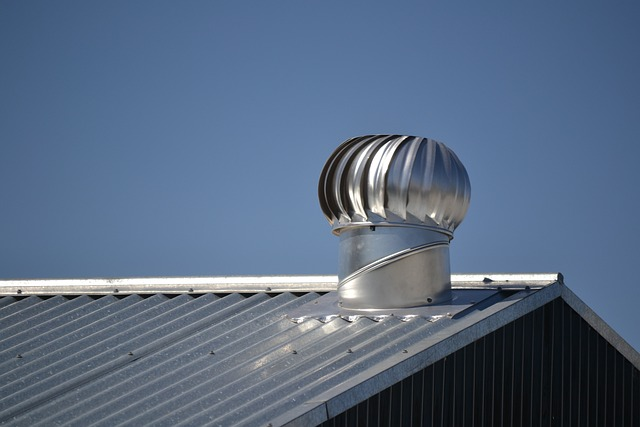
Homeowners looking for a roof that provides enduring protection should consider metal roofs, which boast lifespans up to 100 years. The strength of these roofs lies in their ability to resist severe weather conditions like high winds and substantial snowfalls, making them an outstanding long-term investment. That said, the cost is two to three times as much as an asphalt roof. If you can swing it, go for it. They're awesome.
Tile Roofs
Roofs constructed with tile are renowned for their exceptional strength and long lifespan, with many enduring anywhere from half a century to beyond 100 years. These roofs usually come with increased maintenance expenses over time due to their susceptibility to damage. It’s important to note that tile roofs can experience cracking or being dislodged during severe weather events.
We cannot recommend a tile roof for Idahoans.
Preemptive Roof Inspections: What to Expect
Regular roof check-ups and maintenance keep your roof in top shape and help spot any issues early. When you get a pro to inspect your roof, they'll take a close look at the materials, make sure everything's holding up structurally, and check for any damage inside your home.
Frequency of Inspections
It is advisable to conduct annual inspections on roofs that are over 15 years old to detect any underlying issues promptly and diagnose if you need a full replacement. The timing for roof evaluations can vary based on multiple elements, but the main ones to look for are granule loss on your asphalt shingle and the age of your roof.
What Inspectors Look For
During a roof check-up, inspectors take a good look at the structure to make sure everything's solid and there are no problems you aren't aware of. They're on the lookout for any signs of moisture, like mold, mildew, or a musty smell, especially in the attic or on the walls. They also check for leaks or any light coming through places it shouldn't. It's super important to get these inspections done regularly to catch any issues before they turn into big, expensive problems.
Post-Inspection Recommendations
After checking out your roof, the pros might tell you it's time for some fixes or maybe even a brand-new roof. This advice comes from looking at how your roof's holding up right now, figuring out what repairs it needs, worrying about parts that might give out soon, and guessing how much life it's got left in it.
Choosing the Right Roofing Contractor
It’s essential to select a qualified roofing contractor when considering roof installation or embarking on a full roof replacement. Before deciding, it is important to evaluate their credentials, look at Google Reviews, and compare costs.
Licensing and Insurance
Ensuring that a contractor is both licensed and insured is an essential part of the hiring process. You don't want someone falling off your roof and suing you because they didn't have insurance. Homeowners gain protection through this verification, guarding against potential issues during the roofing project as well as safeguarding themselves.
Reviews and References
Homeowners must take into account both online reviews and references when evaluating a contractor’s reputation. Online feedback offers valuable perspectives on the contractor’s proficiency in providing high-quality service, while firsthand accounts from past clients enable homeowners to seek information about their satisfaction with the work performed by the contractor.
You're always welcome to ask for references from us. We'll be happy to give you them.
Written Estimates and Contracts
Before starting any work, it is crucial to get details on the scope of the project and what materials will be used. Do not be shy about the warranty questions. This detailed roofing agreement offers legal safeguards for both you as the homeowner and the contractor by specifying:
The extent of work involved
The materials that will be employed
The project’s scheduled completion time
All financial details related to the undertaking
A well-defined and thorough contract serves to guarantee mutual understanding between both parties, helping to ensure that your project meets your expectations upon completion.
Preparing for Your Roof Replacement
To ensure a seamless and effective roof replacement process, it’s important to prepare your property for the upcoming project. By taking certain steps ahead of time, you can prepare yourself and your home for the task of having your roof replaced. We have an extensive document outlining everything you can do to prepare for our arrival.
Clearing the Surrounding Area
Begin with tidying up the surroundings of your house. Ensure to relocate items such as patio furnishings, children’s playthings, grills, and container-grown plants.
To safeguard your lawn and garden beds from any descending nails, shingles or other material. We'll make sure to do our best to help protect everything with tarps, but in construction, wild things can happen.
Securing Valuables Inside
During the process of roof replacement, move any delicate objects within the house to a secure location distant from where roofing work is occurring. To protect belongings in the attic from dust and debris that might fall during the replacement of your roof, drape them with old linens or protective tarps.
Communicating with Neighbors
Remember to notify your neighbors about the impending roofing work as a gesture of politeness. Give them prior notice so they have time to prepare themselves for any potential disruptions that may arise.
Summary
Acting ahead of time with a roof replacement can prevent expensive damage and reduce anxiety. Acknowledge the indicators that suggest your roof is old or deteriorating, opt for suitable roofing materials, carry out consistent examinations, and pick a trustworthy contractor to guarantee an efficient and effective process of replacing your roof. Bear in mind that your roof does more than just enhance the look of your home. It serves as a protective barrier protecting everything beneath it. Treat it with the attention it needs.
Frequently Asked Questions
Should I replace my roof if its not leaking?
Yes, you might want to think about getting that roof swapped out before it gives you any leaky surprises. It's kind of like getting a new car battery before you're stranded with a dead one – it's all about staying ahead of the game. Plus, a shiny new roof can save you some cash on energy bills and bump up your home's value. Pretty smart move if you ask me.
How long should a new roof last without leaking?
So, you know those architectural shingles? If they're put on right and your attic's got good airflow, they can stick around for about 25 years. But here's the deal: the type of material you pick for your roof is a huge factor. It's going to play a huge part in how long your roof can hold up without giving you headaches. Finally, ventilation is always something that must be addressed. I poorly ventilated roof can cut the lifespan of a roof well below half its expected life.
Is a 20-year-old roof too old?
Depends on the material and the workmanship. An asphalt shingle roof that is two decades old is approaching the end of its usual life expectancy, so after 20 years, I would opt for inspections in the spring and fall.
Why should I consider proactive roof replacement?
It keeps your home solid and dry, boosts your house's value, and can actually save you some cash with a nicer-looking roof and lower energy bills.
Subscribe to Idaho Roofing Contractors's Blog




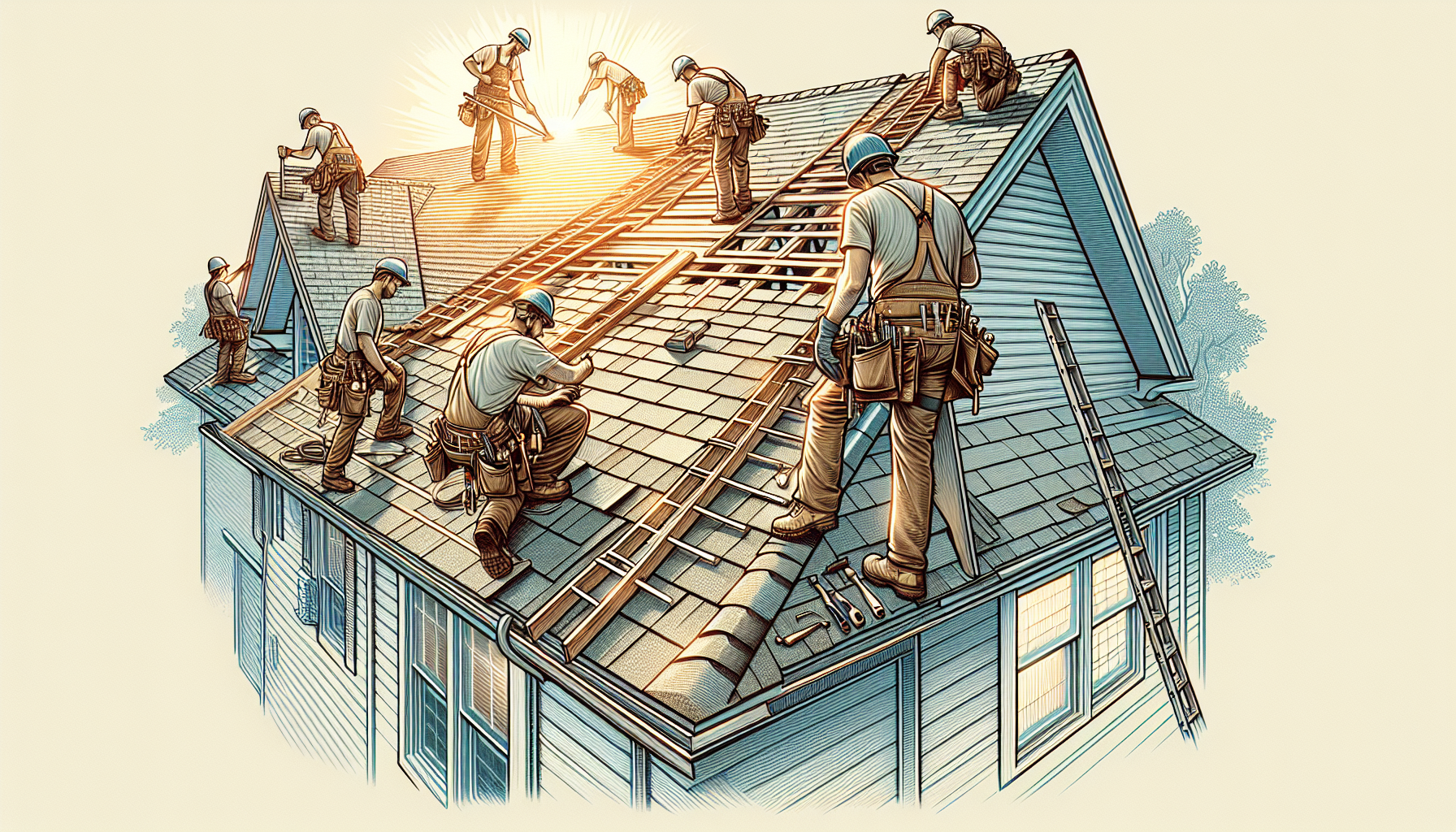


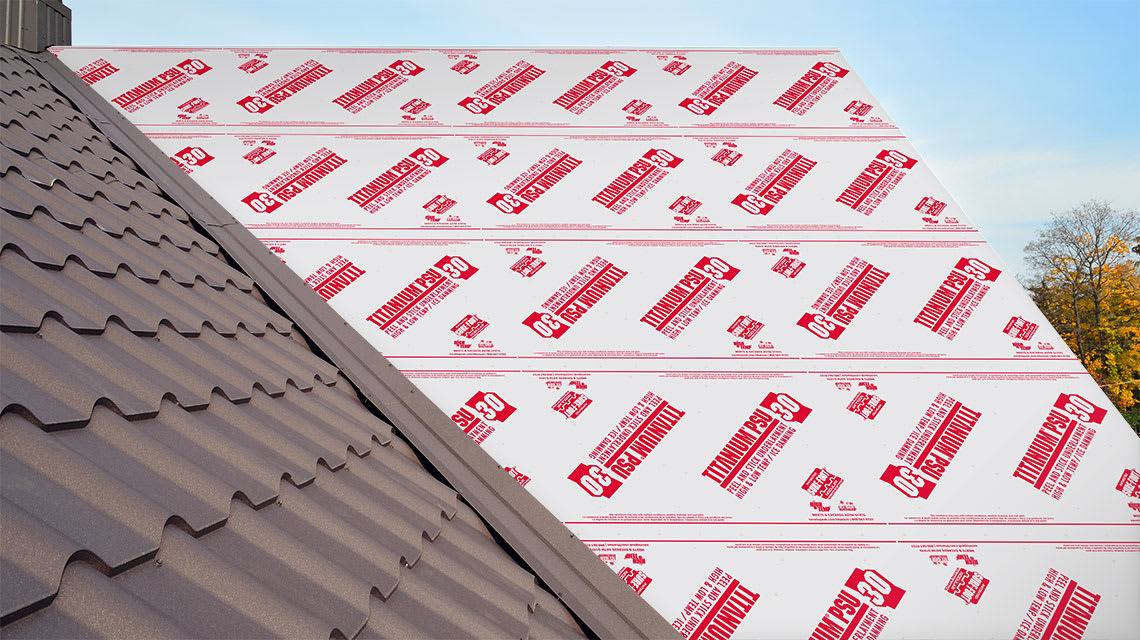
Comments